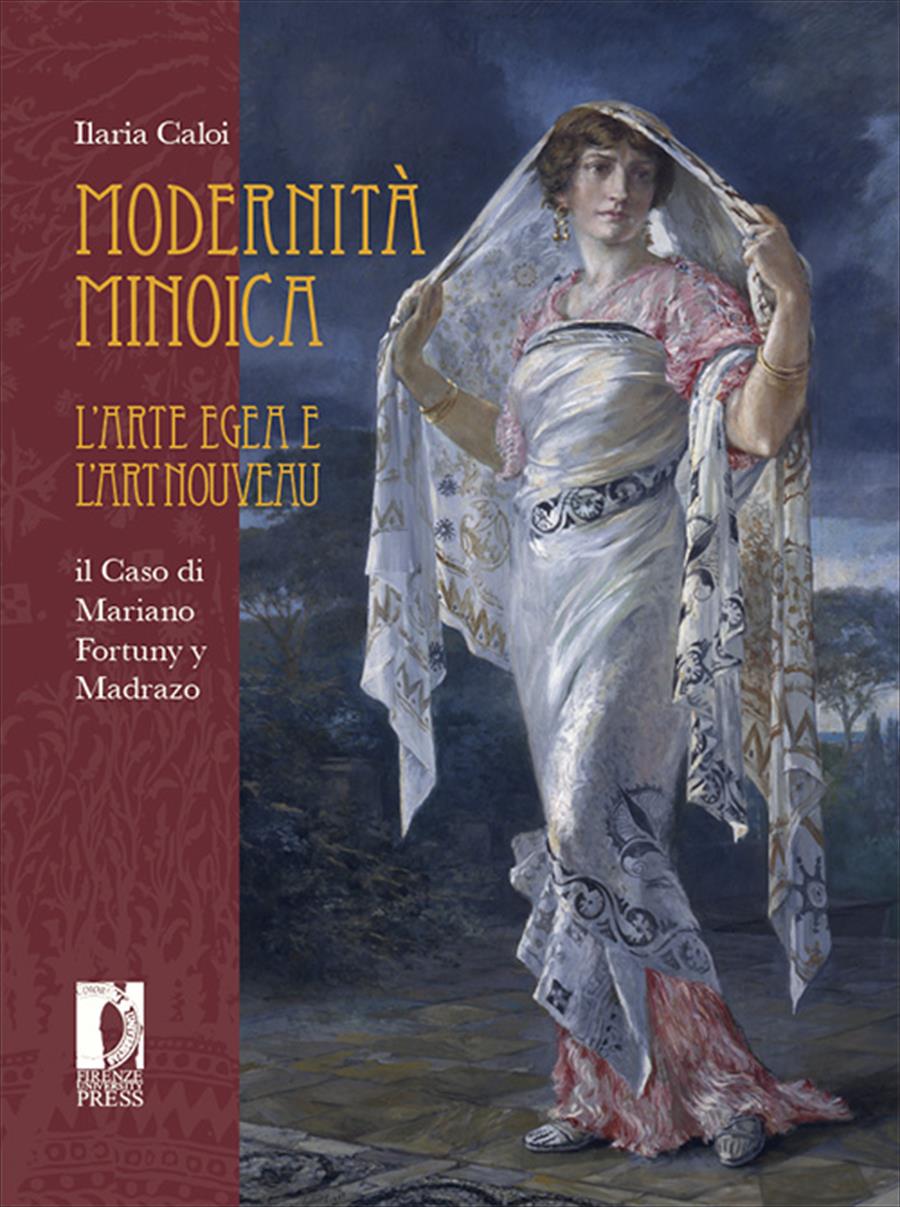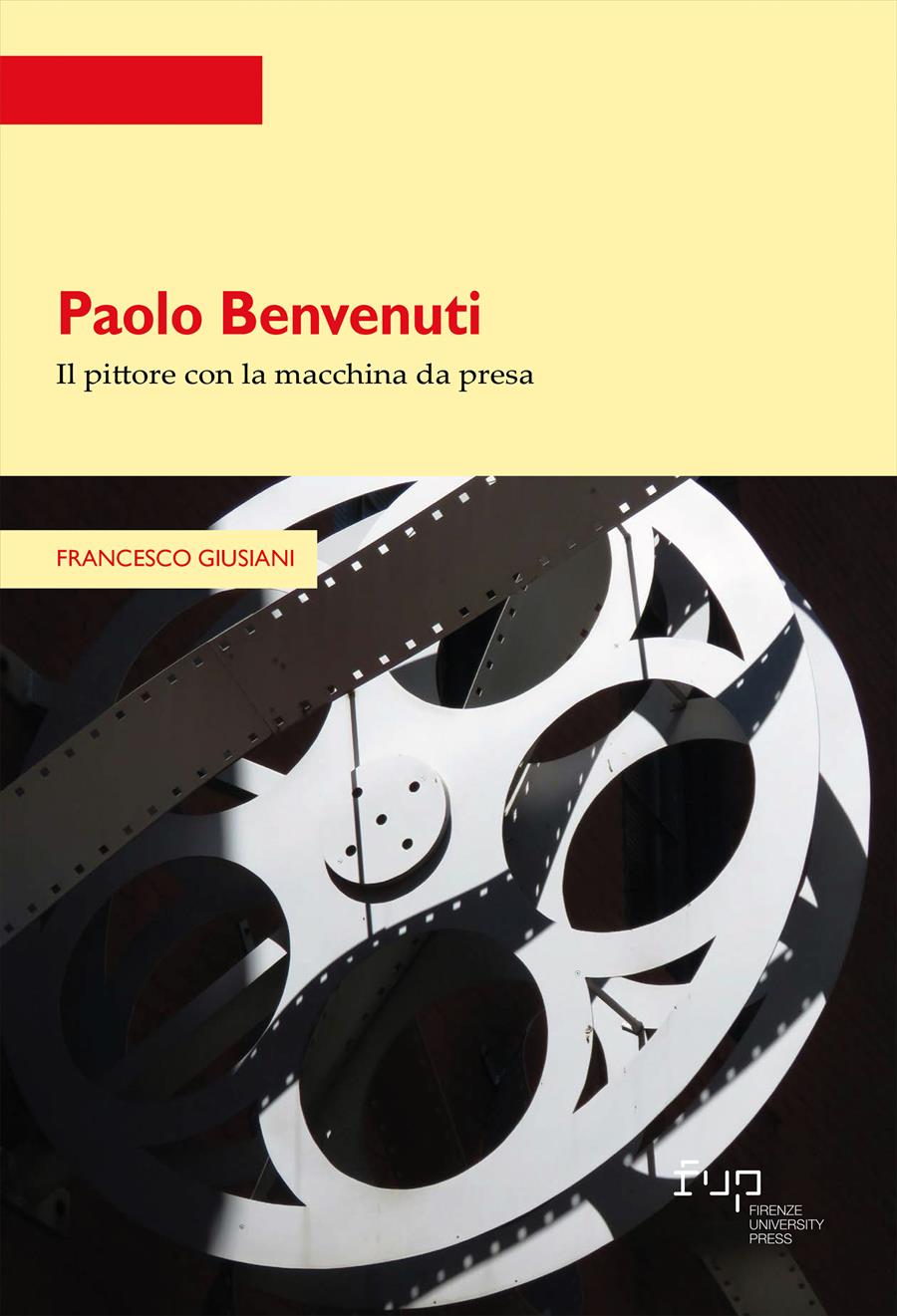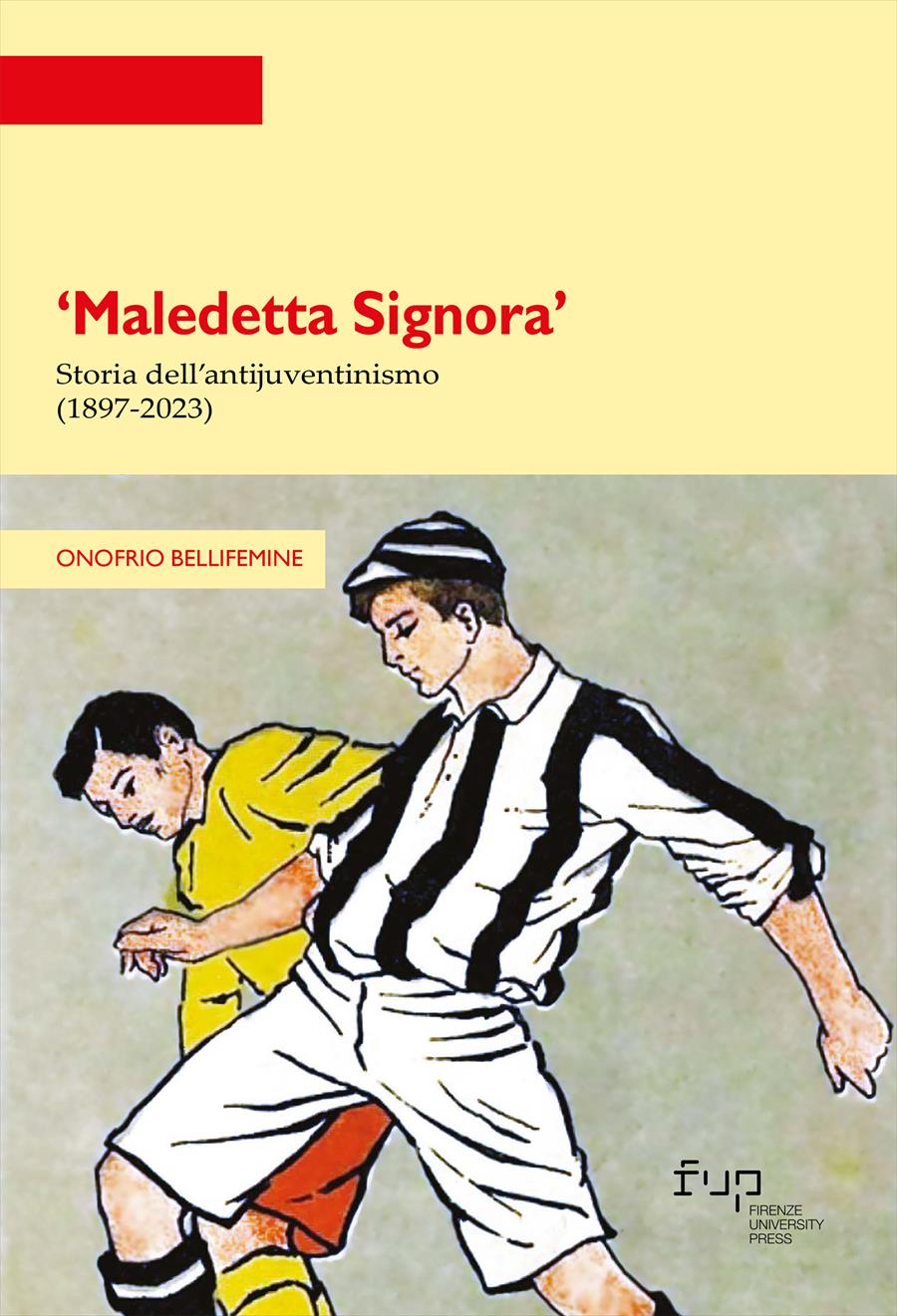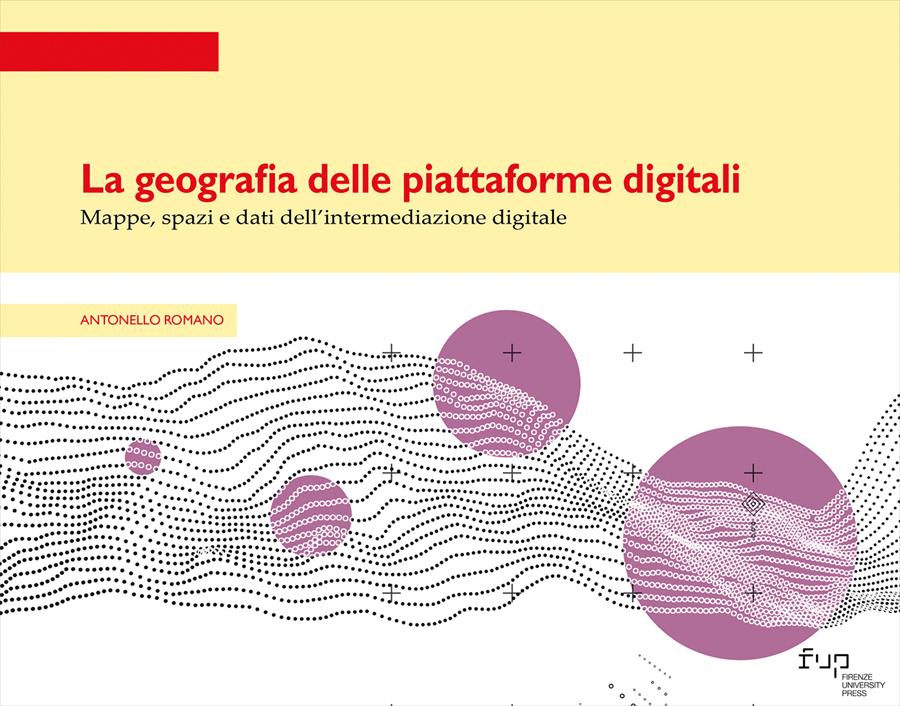Modernità MinoicaL'Arte Egea e l'Art Nouveau: il Caso di Mariano Fortuny y Madrazo
- Ilaria Caloi,
The sensational discovery in the early twentieth century of the prehistoric civilisation of Crete, named Minoan after the mythical king Minos, and the contemporary birth of Modern Art in Europe has led many scholars to discern analogies between Minoan art and Art Nouveau. This work analyses the entity and significance of Minoan art in the textile productions that made the name of the artist Mariano Fortuny y Madrazo. The famous "Knossos shawls", created by Fortuny from 1906 on in his Venetian studio in Palazzo Pesaro Orfei, which has now become the Fortuny museum, feature decorative motifs taken from the decorations visible on vases and frescoes in the famous Minoan centres of Crete, such as Knossòs and Festòs, dating to the second millennium BC. Understanding his way of representing the past and the exotic – in particular the Minoan civilisation of Crete – and bringing it back to life, allows us to penetrate the expectations and the demands of European society between the 19th and the 20th centuries. The reference to a culture such as the Minoan, which precisely at the beginning of the 20th century was dubbed by the academic world as a "modern" civilisation and defined as quintessentially the first "European" civilisation, contributed to render the Knossos shawls inspired by it the very height of fashion.
- DOI: 10.36253/978-88-6655-078-5
- Series: Strumenti per la didattica e la ricerca
- Scientific Board: Periploi – Studi Egei e Ciprioti
- Language: Italian
- Subjects: History
Purchase
Ca' Foscari University of Venice, Italy - ORCID: 0000-0002-4342-2161
- Publication Year: 2011
- Pages: 280
- eISBN: 978-88-6655-078-5
- Content License: CC BY-NC-ND 3.0 IT
- © 2011 Author(s)
- Publication Year: 2011
- Pages: 280
- ISBN: 978-88-6655-074-7
- Content License: CC BY-NC-ND 3.0 IT
- © 2011 Author(s)
- Publication Year: 2011
- eISBN: 978-88-9273-670-2
- Content License: CC BY-NC-ND 3.0 IT
- © 2011 Author(s)
Bibliographic Information
Book Title
Modernità MinoicaL'Arte Egea e l'Art Nouveau: il Caso di Mariano Fortuny y Madrazo
Authors
Ilaria Caloi
Peer Reviewed
Number of Pages
280
Publication Year
2011
Copyright Information
© 2011 Author(s)
Content License
Metadata License
Publisher Name
Firenze University Press
DOI
10.36253/978-88-6655-078-5
ISBN Print
978-88-6655-074-7
eISBN (pdf)
978-88-6655-078-5
eISBN (xml)
978-88-9273-670-2
Series Title
Strumenti per la didattica e la ricerca
Series ISSN
2704-6249
Series E-ISSN
2704-5870
News and Events
Presentazione del volume "Modernità Minoica L'Arte Egea e l'Art Nouveau: il Caso di Mariano Fortuny y Madrazo" di Ilaria Caloi
- 29/04/2013 |
- Museo Castelvecchio - Verona
Presentazione del volume: Modernità Minoica. L'Arte Egea e l'Art Nouveau: il caso di Mariano Fortuny y Madrazo
- 18/01/2013 |
- Museo Archeologico di Firenze






